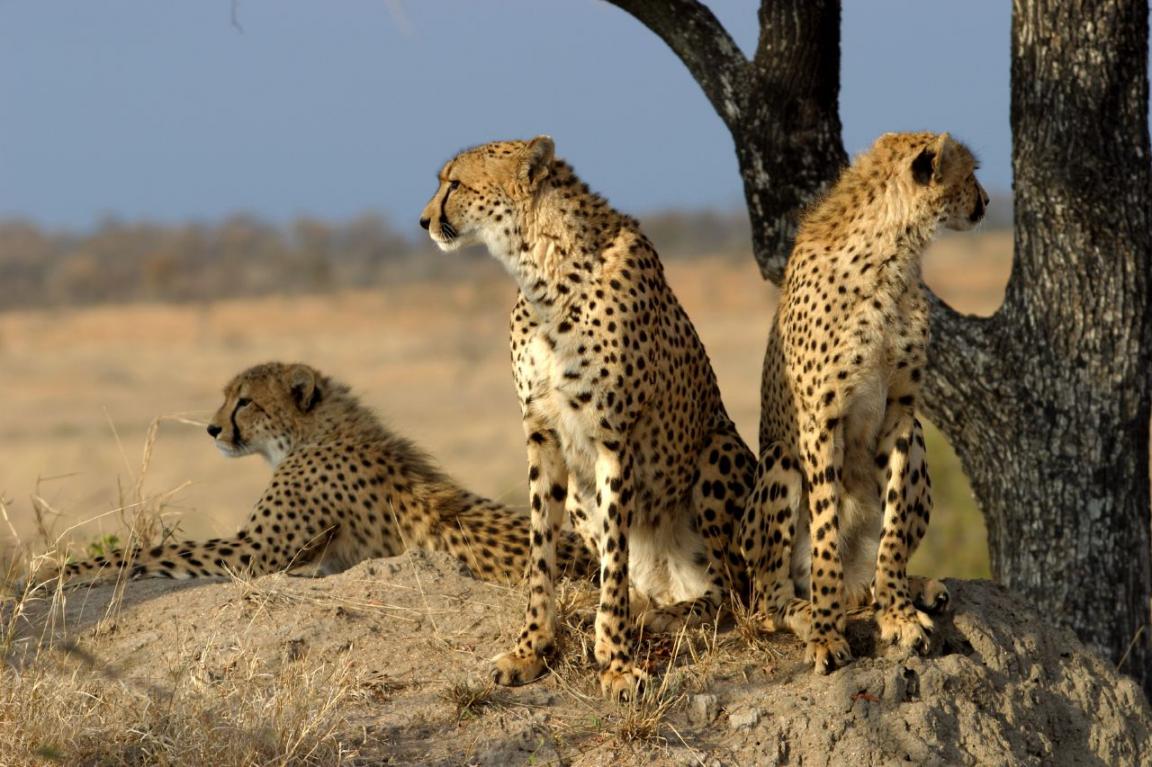Yazd Province is rich and diverse in wildlife. Unfortunately the severe drought in recent years has affected the region’s fauna leading to “a constant and unequal struggle between wildlife and the lack of water.”
Yazd has always had the lowest amount of precipitation among the provinces; but now the consecutive years of drought for more than a decade, has caused irreparable damage to its wildlife and vegetation, Mehr News Agency reported.
In the previous decades, indiscriminate hunting was considered as one of the greatest threats; but at present it is not the top threat and the disastrous effects of drought is proving to be a major problem to the rich provincial biodiversity.
Grave Danger
A brief look at the wildlife and natural resources indicates that wildlife and environment in comparison to the past two or three decades, is in grave danger.
More than 130 species of birds, 50 species of mammals, 40 species of reptiles and 800 plant species have been identified in Yazd, said Seyyed Hossein Sadat Mousavi, head of the provincial Department of Environment (DoE).
Some of the species are unique and endangered (EN) and their names are in the International Union for Conservation of Nature’s (IUCN) Red list. For instance, half the world’s Asiatic Cheetahs have their habitat in Yazd. This is also true about the Persian onager; 95% of the endangered species reside in the province. There were more than 20,000 jebeer gazelles 63 years ago; but their number dwindled to 5,000 about 36 years ago.
Once there were large herds of Persian onagar, Asiatic Cheetah and other large mammals and even rare birds like houbara bustard in Yazd, but now many of them are endangered or threatened, and the drought is to be blamed.
Vegetation Affected
Vegetation has also not been spared to the extent that many tamarix (salt cedar) forests have dried up and hardy plant species are not able to withstand the dry spell.
Prolonged period of droughts has exacerbated the situation to such an extent that even favorable precipitation in the coming years cannot compensate for the extensive loss to the provincial habitats.
As the drought continues, the drying up water sources and diminishing plant resources is causing food shortage for herbivorous animals, gradually making them weak and easy prey for wild animals.
The cost of such damage on wildlife habitats is at least $ 5.7 million annually. Of course the damage is not only related to drought; indiscriminate hunting and road construction are the other factors, said Hassan Akbari, deputy head of the DoE.
The losses are greater in areas including Mehriz, Bafgh, Kharanagh, north of Naybandan and also Khatam. The DoE has taken measures to reduce the consequences of drought including drilling wells and installation of pumps to supply the water needs of wildlife in the worst-hit areas.


